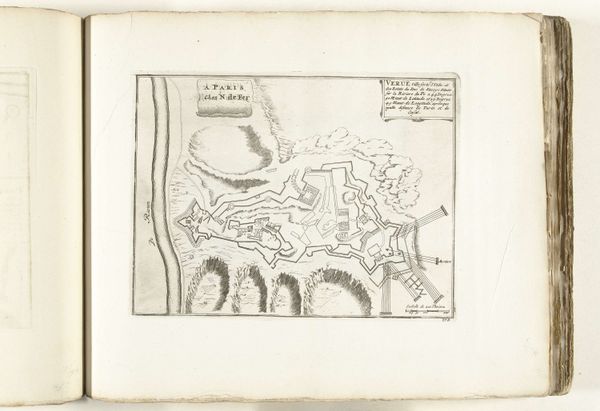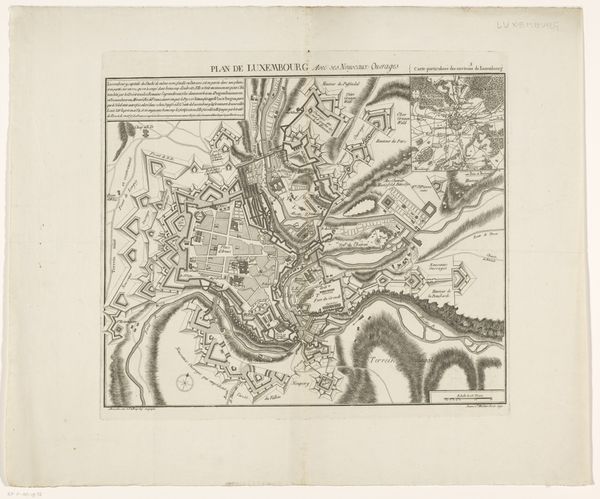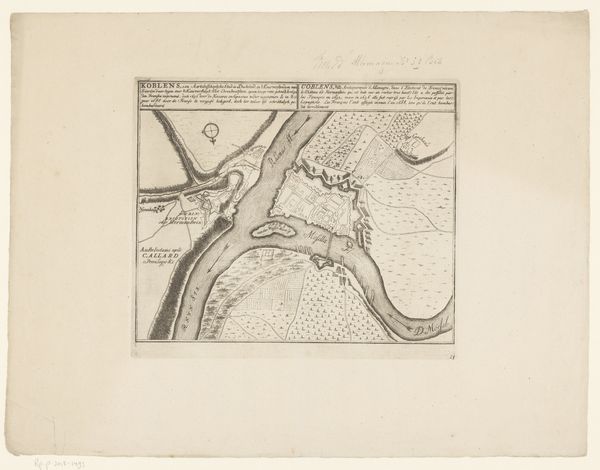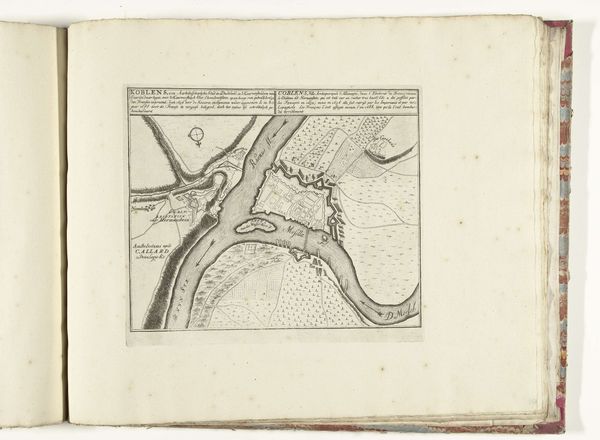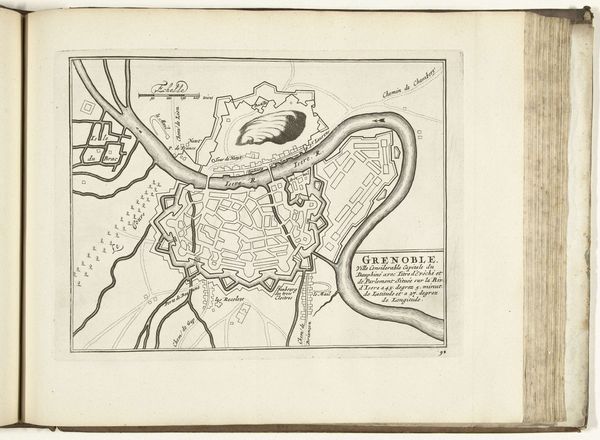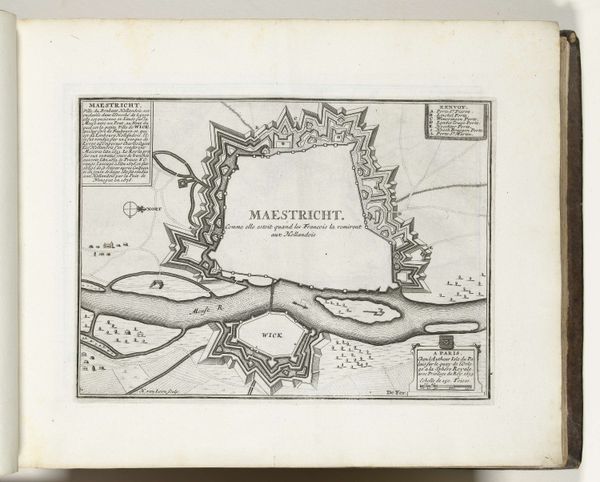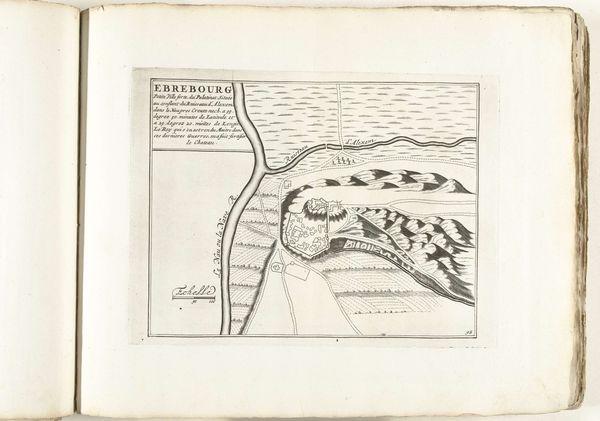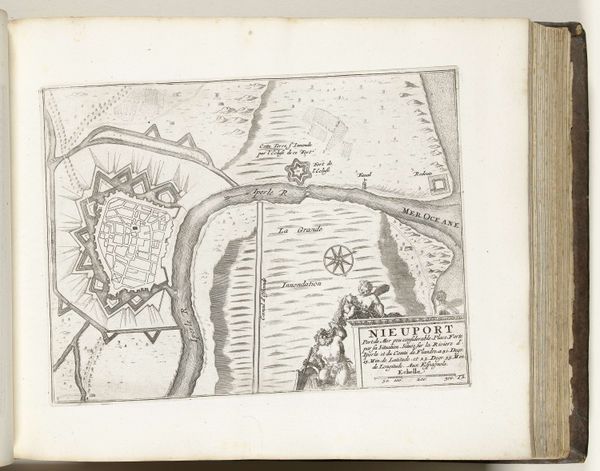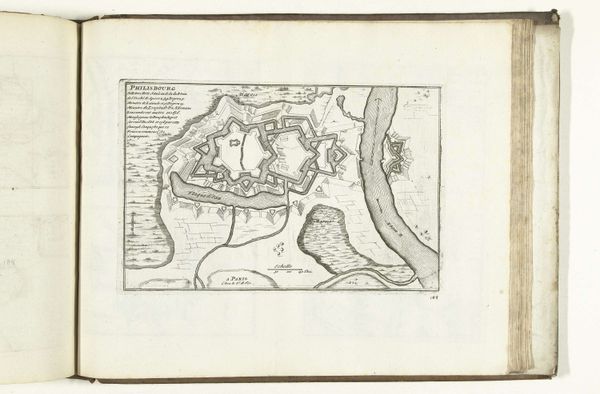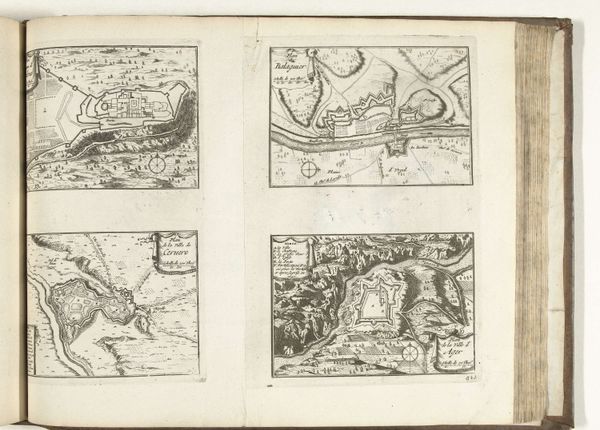
print, ink, engraving
#
baroque
# print
#
old engraving style
#
ink
#
line
#
cityscape
#
engraving
Dimensions: height 222 mm, width 297 mm
Copyright: Rijks Museum: Open Domain
This is a map of Belgrade, made in 1726 by an anonymous artist. It’s an engraving on paper, a process that begins with meticulous carving into a metal plate, which is then inked and pressed onto the page. The fine lines and details, the texture of the paper itself, all speak to the labor-intensive process of its creation. The map is not just an image, but a physical record of skilled work, reflecting a pre-industrial era when craftsmanship and manual dexterity were central to the production of images and information. Consider how the engraver would have relied on traditional tools and techniques, honed through years of practice. The stark contrast of ink on paper, the limited tonal range, all these material qualities shape our perception of Belgrade, framing it as a strategic site. Maps like this one served purposes of both navigation and also control. So the next time you look at an engraving, remember it's not just an image but a testament to the hand skills of its maker, and the social and political context of the time.
Comments
No comments
Be the first to comment and join the conversation on the ultimate creative platform.

